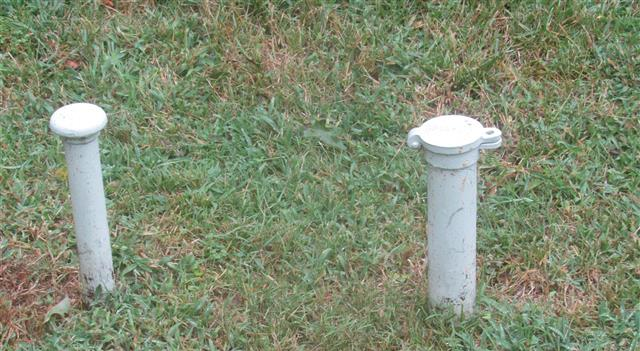Ensuring public safety and the environment are threatened by subterranean oil tanks, thus finding them is essential. Homeowners and property owners must know how to discover concealed tanks for safe and speedy removal. The several methods used to find subsurface oil tanks will be discussed in this article.

Ground Penetrating Radar (GPR):
Using ground penetrating radar (GPR) is one of the most sophisticated and non-invasive ways to find subterranean oil tanks. High-frequency radio waves are used in GPR to pierce the earth and provide a picture of subterranean structures. With the use of this technology, it is possible to find subterranean items, such as oil tanks, and get a precise map for identification.
Metal Detector Surveys:
Often used and reasonably priced, metal detector surveys are a good way to find subsurface oil tanks. In order to find metallic items under the surface, these surveys use portable metal detectors or ground-based equipment. This technique works well for finding oil tanks since they are usually composed of metal, albeit it may not be as precise as GPR.
Soil Borings and Probing:
Traditional techniques that entail physically removing soil samples from the land include soil borings and probing. These samples are examined by qualified experts for indications of contamination or oil. This approach may discover soil irregularities that may suggest an underground oil tank's existence.
Visual Inspection:
Visual examination is an additional useful method for locating oil tanks underneath. Experts examine the site to look for telltale indicators like disturbed soil, rust stains, or vent pipes that could be connected to underground tanks. Even while this approach may not be as accurate as others, it might provide preliminary hints that inspire more research.
Documentation and Historical Records:
Subterranean oil tank detection may benefit greatly from the use of historical documents and property information. The construction and placement of oil tanks may be detailed in blueprints, permits, and documents from prior owners. Examining these kinds of papers may help with identification.
Assessment of Environmental Impact:
An environmental impact assessment must be carried out as soon as an underground oil tank is discovered. In this stage, the possible pollution of the groundwater and soil around the tank is assessed. Experts in environmental matters examine samples of soil and water to ascertain the degree of any spills or leaks. This evaluation informs a remediation strategy to reduce environmental harm and safeguard ecosystems.
Regulatory Compliance and Permits:
Adhering to local standards and permission procedures is crucial when handling subterranean oil tanks. Property owners have to comply with regulatory criteria for tank removal if one is discovered. Ensuring a seamless and lawful oil tank removal operation requires obtaining the required permissions and adhering to environmental standards. To ensure the removal is legal, professionals are frequently hired to handle the numerous permissions and requirements.
Conclusion:
Detecting an underground oil tank is essential for property safety and environmental compliance. A thorough detection technique includes Ground Penetrating Radar, eye examination, and historical record analysis. Property owners should prioritize frequent inspections and use the right methods to find concealed oil tanks quickly.






